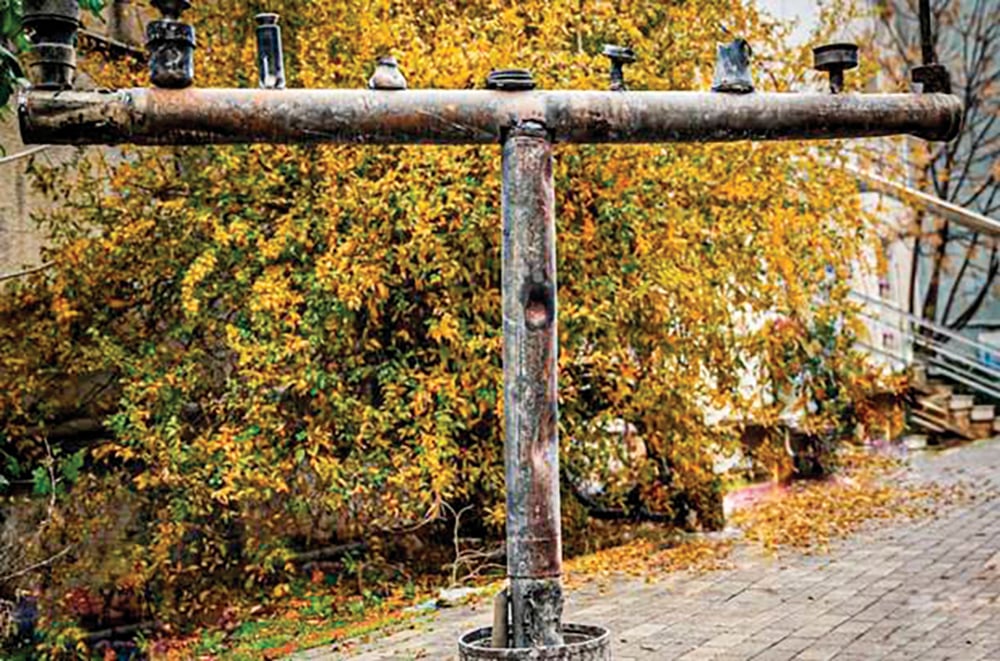When one hears the term “bone marrow transplantation” (known as BMT), one immediately conjures up the vision of the necessity to find appropriate genetic matches, either from the patient’s family or from the public with large drives directed to the public for human leukocyte antigen (HLA) testing. This type of BMT, allogeneic BMT, involves the eradication of the patient’s bone marrow and its replacement with bone marrow from a donor. As with kidney, lung and heart transplants, it requires immunosuppression therapy long-term as well as a donor, so-called allogeneic bone marrow transplantation, which now utilizes stem cells rather than actual bone marrow aspiration for the transplants.
As would seem logical, this type of transplantation is mainly utilized for malignancies of the bone marrow itself—leukemias of one type or another, certain lymphomas under certain circumstances, aplastic anemia, certain immunological disorders, and multiple myeloma. Much of the experimentation and theory of this procedure was developed by E. Donnell Thomas and co-workers at the Fred Hutchinson Cancer Research Center in Seattle, with the first successful allogeneic transplants in humans in the 1960s. It is interesting to note that 54 of the first 60 patients died from the procedure, though six achieved a complete remission before Thomas ultimately succeeded in developing a satisfactory protocol. He later received the Nobel Prize for his work.
In parallel, but a bit later, Thomas’ group and others worked out the mechanisms and logic of autologous BMT. This procedure did not require a donor’s bone marrow cells but used the patient’s own bone marrow cells. Thus, there are no problems with immunologic rejection and the need for matching.
The bone marrow produces the blood cells in the body—the white blood cells that fight infection (primarily neutrophils), red blood cells that carry oxygen, and platelets that help with blood clotting. The basic problem is that many common chemotherapy drugs have as their main adverse side effect toxicity to the bone marrow cells. Because of this, the doses at which most drugs can be administered are capped so as not to wipe out the bone marrow cells and harm or even kill the cancer patient. Therefore, there is a fine balance between giving high enough chemo doses to try to eradicate the cancer while, at the same time, not giving too high a dose over some threshold which endangers the patient. One feels some frustration in thinking, “If we could just go a little bit higher… ”
The autologous BMT gives the doctor that opportunity to give higher doses, at least with regard to the bone marrow toxicity problem. The patient’s bone marrow cells (more recently his/her stem cells) are collected in advance and stored safely in a freezer. Then a huge dose of chemotherapy is administered, one that would normally be fatal as it wipes out the bone marrow. Then one waits a day or two until the chemotherapy has been cleared from the body; at this point the stored bone marrow cells are reinfused intravenously; they circulate and recolonize the bone marrow and restore bone marrow function.
This technique is used primarily for hematologic malignancies—lymphoma, leukemia, multiple myeloma—either as primary therapy or for relapsed patients. It has not proved to be as effective for most solid tumors.
For multiple myeloma, autologous BMT has become the standard of care for most young patients or elderly fit patients as part of initial therapy, although some clinicians prefer to reserve it for salvage therapy. It does clearly prolong survival, though myeloma remains an incurable disease even for those who have undergone a transplant. It has extended the recurrence-free survival rate to an average of five years or more for this disease that previously had a life expectancy of two to three years. Survival of 10 years is not uncommon for a significant number of patients.
For patients with Hodgkin lymphoma, autologous BMT is used for those who relapse or who are refractory to initial therapy. Under those circumstances, it gives a 50% or better five-year survival and even a significant cure rate. Similarly, it is used for non-Hodgkin lymphoma and leukemia that has relapsed or been refractory to initial treatment with similarly good success. At least one study showed that 66% of patients with non-Hodgkin lymphoma who received an autologous BMT were alive eight years later, and 44% were not only alive but also disease-free.
Approximately 20,000 bone marrow transplants are now performed annually in the U.S. Of these, about 60% are autologous. This number is rising rapidly.
In next week’s installment of Thoughts on Cancer, we discuss an interesting attempt to apply autologous bone marrow transplantation to one particular cancer.
Alfred I. Neugut, MD, PhD, is a medical oncologist and cancer epidemiologist at Columbia University Irving Medical Center/New York Presbyterian and Mailman School of Public Health in New York.
This article is for educational purposes only and is not intended to be a substitute for professional medical advice, diagnosis, or treatment, and does not constitute medical or other professional advice. Always seek the advice of your qualified health provider with any questions you may have regarding a medical condition or treatment.









